Nepal Current Situation: PM KP OLI Resigns
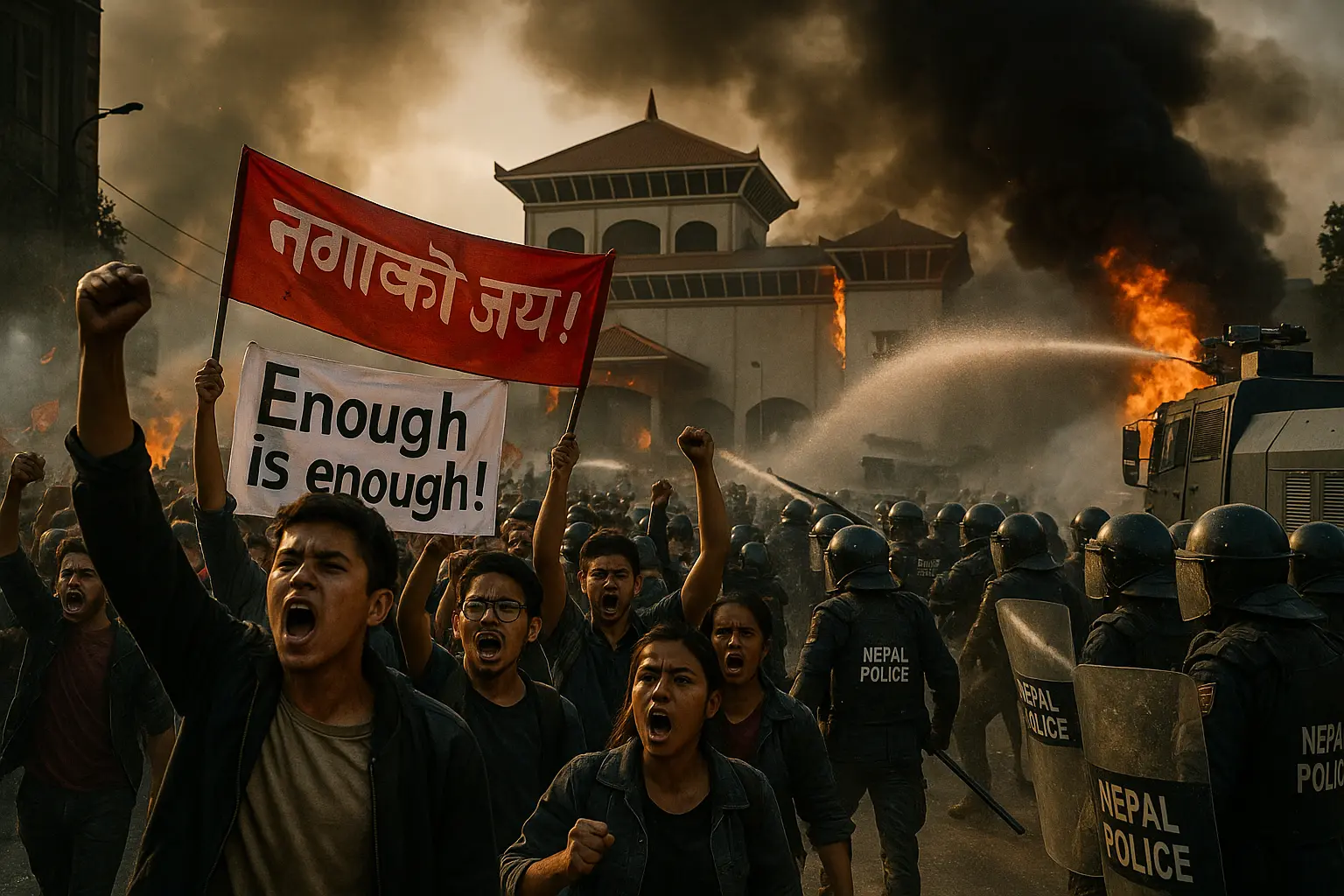
Nepal is burning—literally and politically. From rooftops in Kathmandu, the skies resemble a war zone, filled with smoke and flames. Videos resemble scenes from Syria or Iraq, not the peaceful Himalayas. The sudden resignation of Prime Minister KP Oli may look like an end, but on the ground, the anger is only rising. This is not just about one leader—it’s about a generation’s frustration boiling over. To truly understand what’s happening in Nepal right now, we need to go beyond the headlines and explore why Gen Z is leading one of the country's largest uprisings in history.
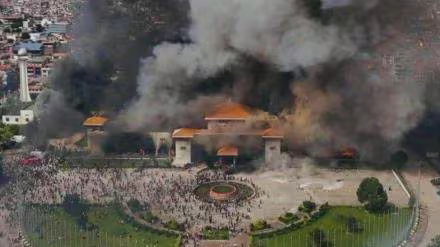
1. How a Spark Became a Wildfire
The government’s decision to ban social media was the final straw. For a generation that lives, works, and connects online, this was not just censorship—it was a personal attack. Already frustrated by unemployment, corruption, and leaders living in luxury while ordinary people struggle, the youth saw this ban as an attempt to silence them. That spark lit the fire you see today.
2. The Protests That Shook the Nation
What started as peaceful demonstrations quickly turned deadly. Reports say security forces fired live bullets, not warning shots. Official figures mention 20 deaths, but ground reports suggest at least 40–50. Symbols of power—government buildings and even leaders’ houses—were set ablaze. Importantly, this anger wasn’t directed only at Oli. Opposition leaders like Sher Bahadur Deuba and Pushpa Kamal Dahal also saw their houses attacked. This is not a party-versus-party fight—it’s the youth versus the entire political system.
3. Why the Youth Are Leading
Two-thirds of Nepal’s population is under 30. Yet, in politics, they feel invisible. Since the monarchy ended in 2008, Nepal has had 12 governments in 15 years—none lasting long enough to bring real change. Youth see leaders fighting for power while ignoring jobs, education, and opportunities. That’s why they’re leaving—Australia, India, the Gulf. The social media ban simply gave them a common rallying point to channel years of frustration.
4. The Fall of KP Oli
Oli’s resignation didn’t come from humility—it came from pressure. After ministers resigned and protests spiralled, the army chief reportedly told Oli to step down for the nation’s stability. Oli, already criticised for authoritarian moves, corruption allegations, and failing on promises, had no choice. There are even rumours of him seeking safe passage abroad. His fall is symbolic: one man resigning won’t heal decades of mistrust.
5. What Happens Next?
Nepal faces a leadership vacuum. The people don’t trust traditional parties. Many see Balen Shah, Kathmandu’s popular young mayor, as a possible interim leader. The army could play a bigger behind-the-scenes role, though direct military rule looks unlikely. Opposition parties may try to rebrand, but the youth are sceptical. Internationally, India has advised caution, China is quiet, and the US is calling for free speech. Whatever comes next, one thing is clear: this is a historic turning point.
Conclusion
Nepal’s crisis is not just about politics—it’s about a generation demanding to be heard. Social media may have sparked the movement, but deep issues—corruption, unemployment, brain drain—are the real fire. Oli’s resignation ends one chapter, but the youth are asking for more: accountability, opportunities, and dignity. Whether it’s a young leader like Balen Shah, or a reformed political system, the next step must respect the voice of the majority—Nepal’s young people. History is being written in Kathmandu, and the world should pay attention.
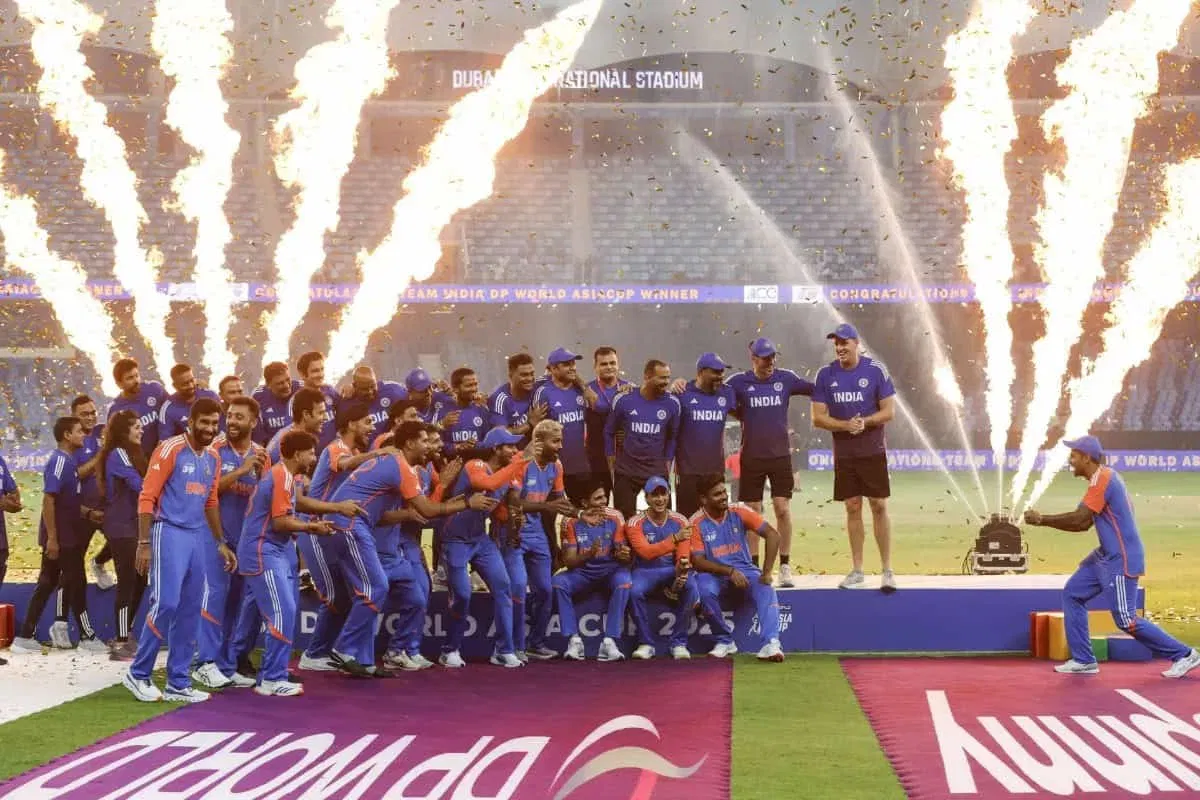
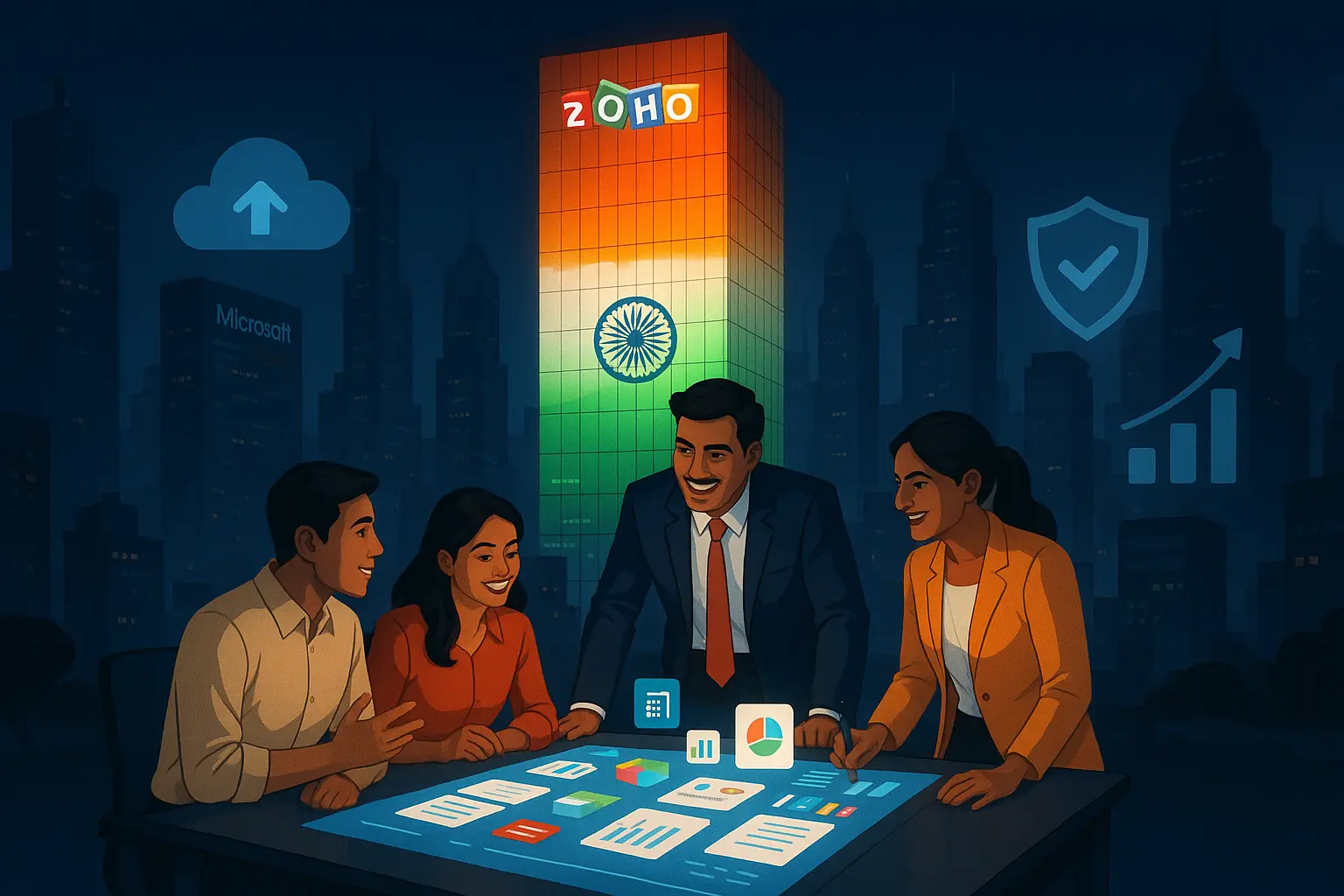
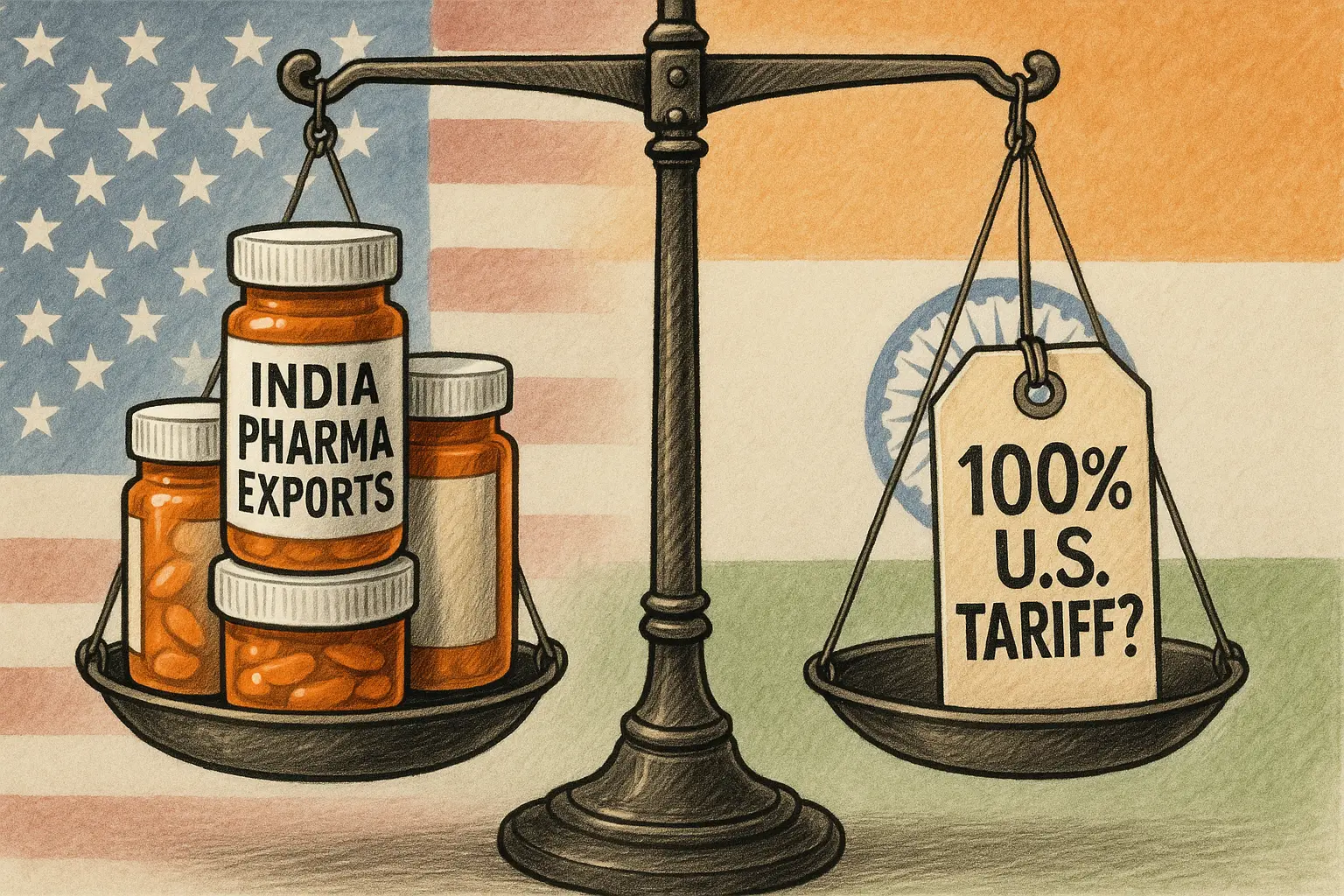
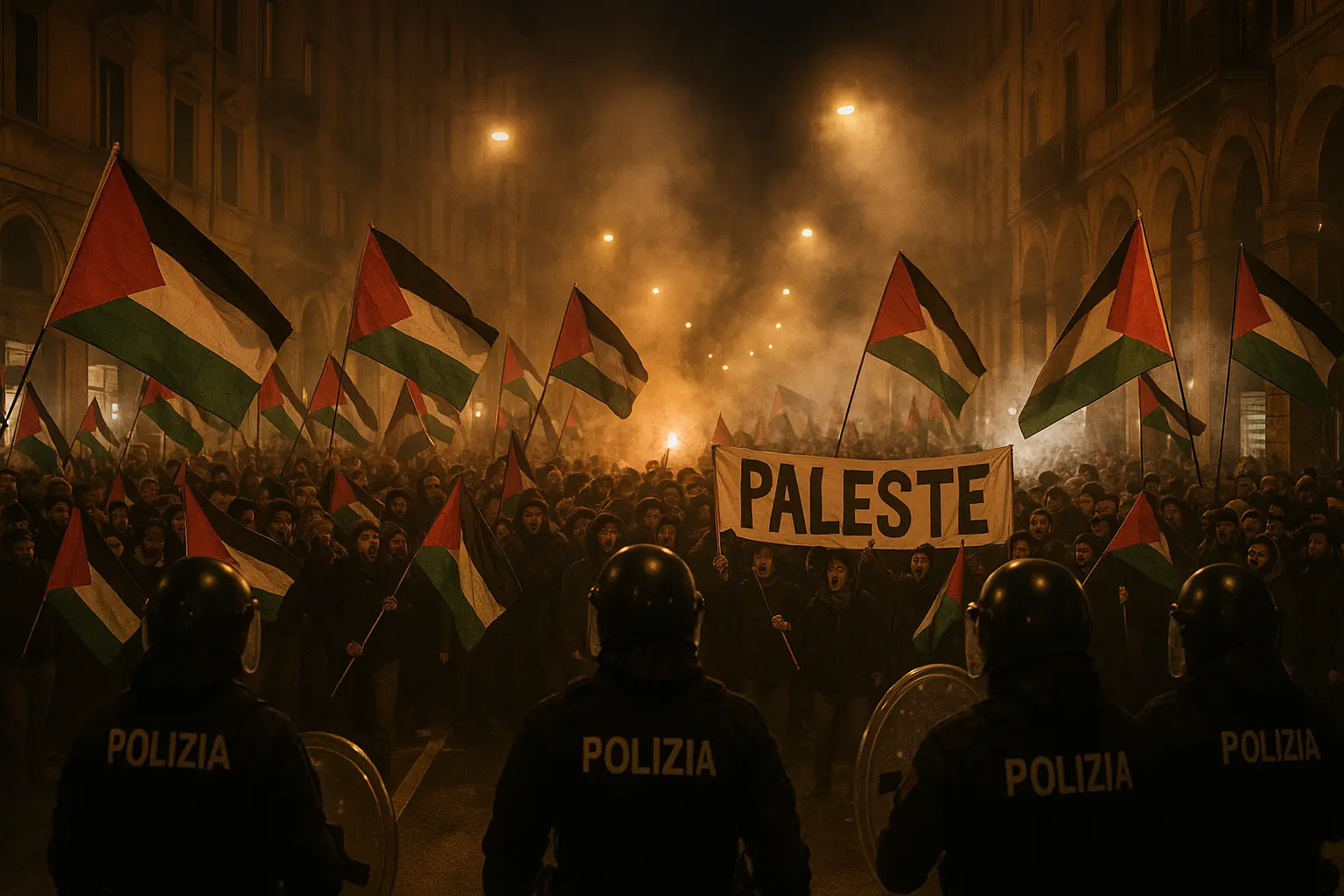
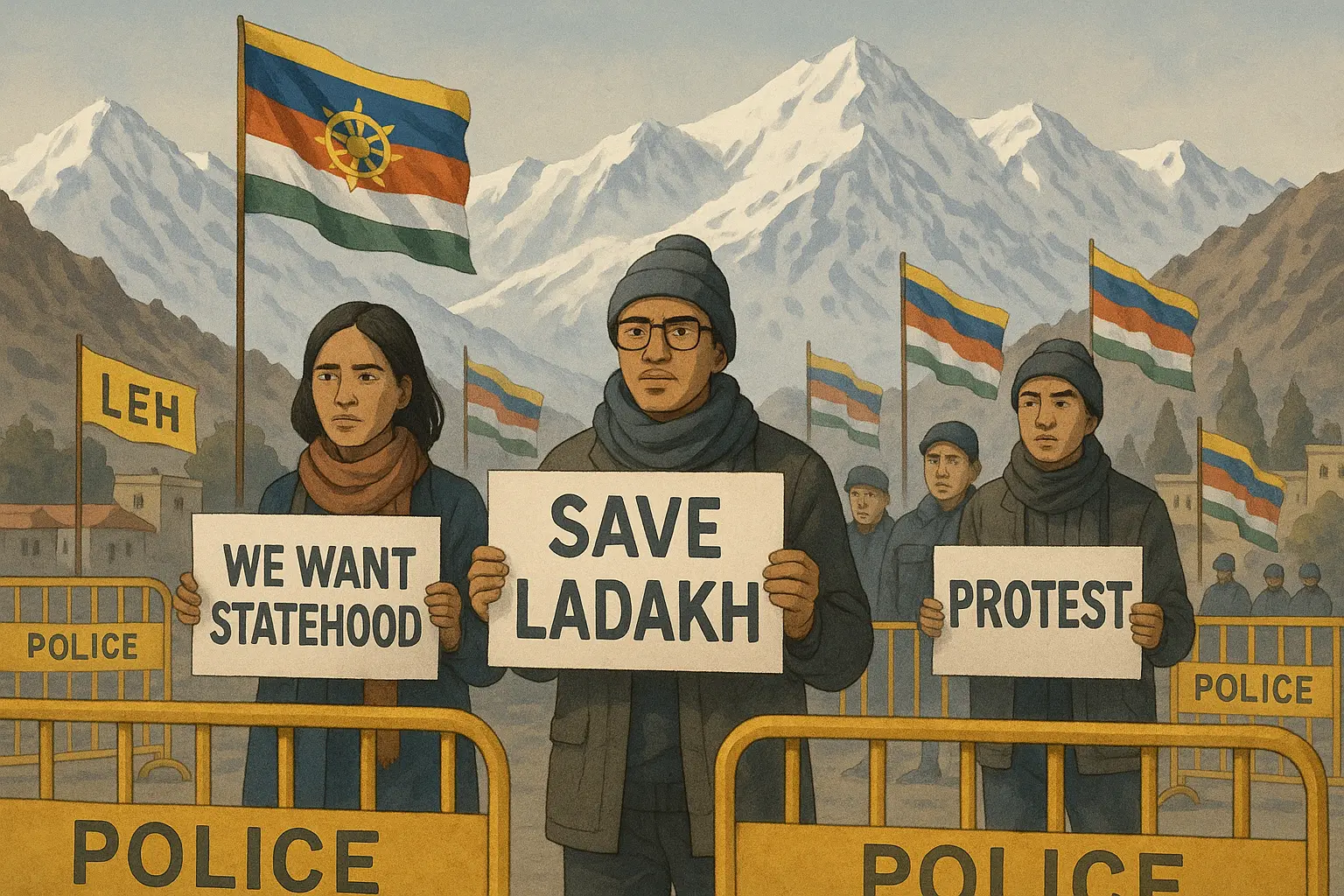
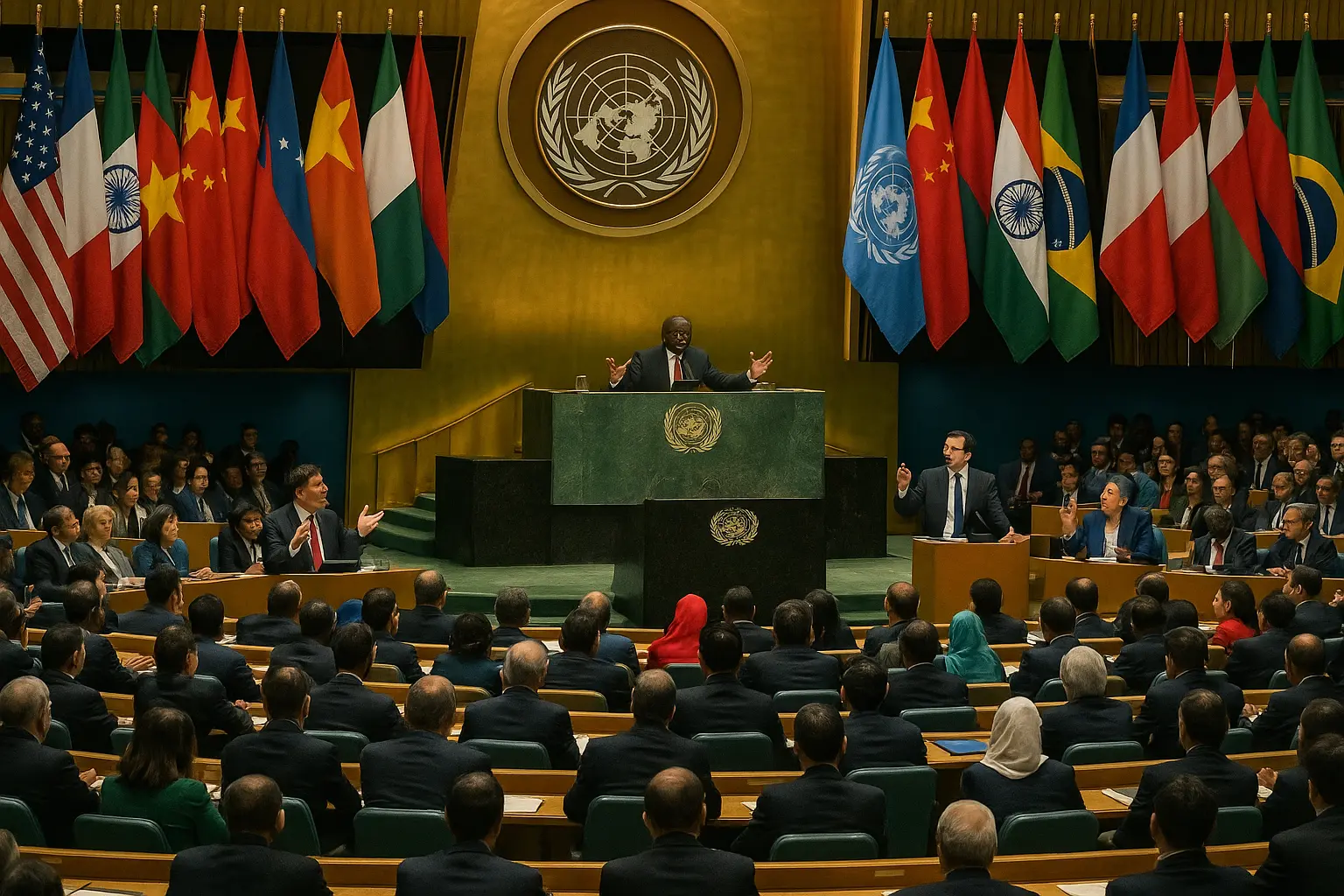
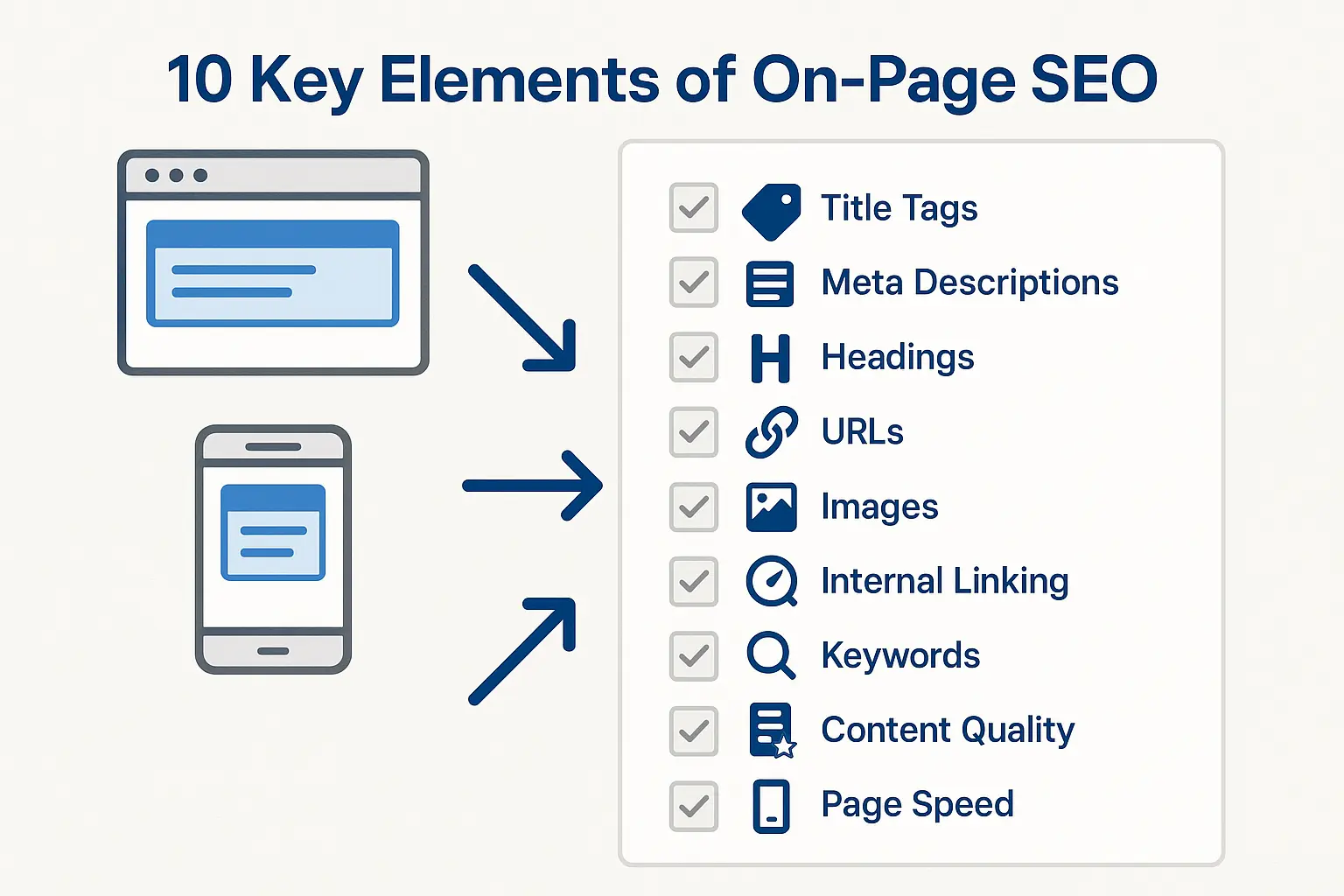
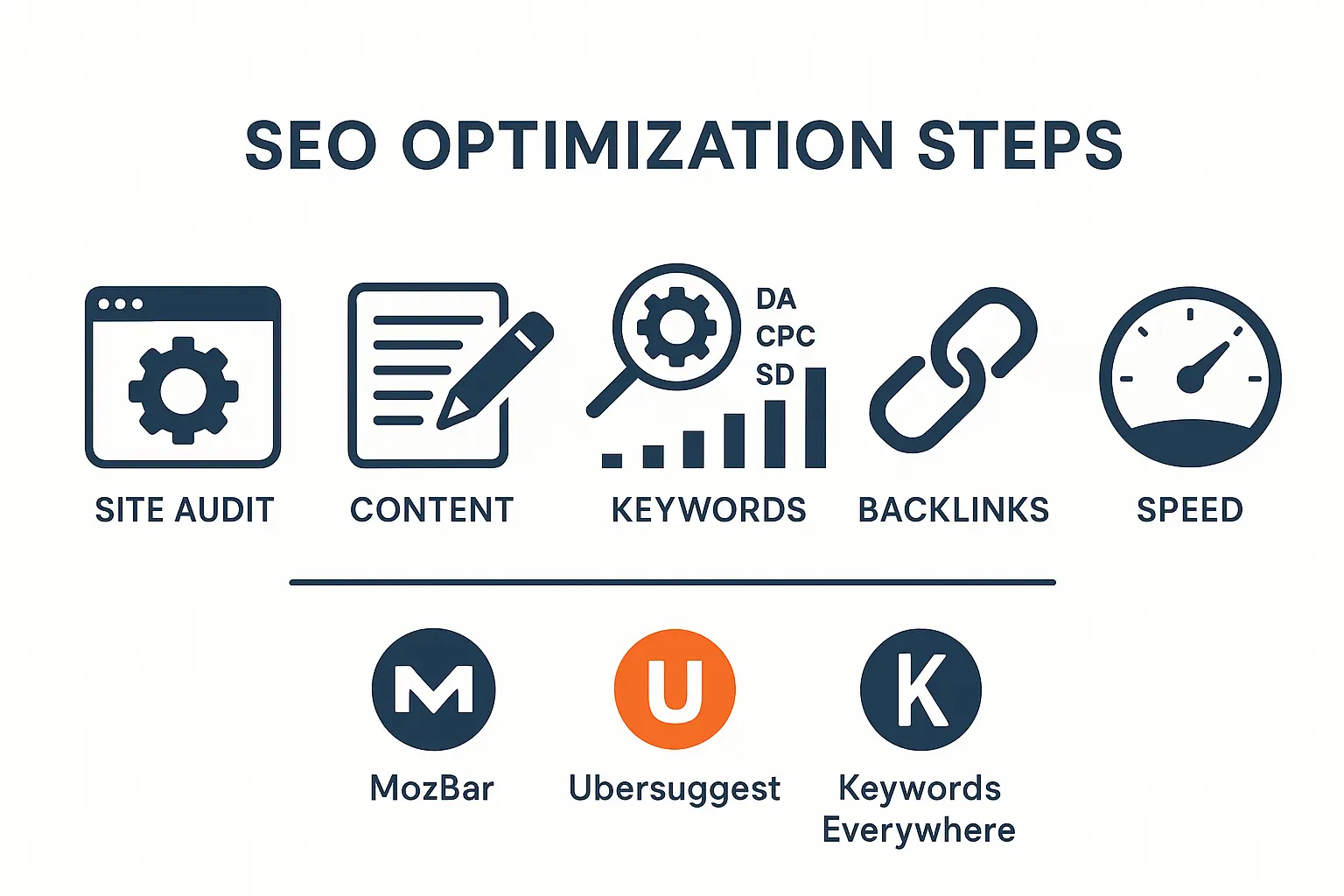

No comments yet. Be the first to comment!